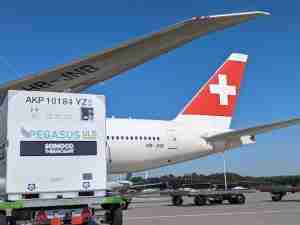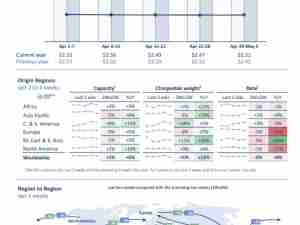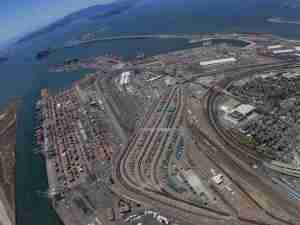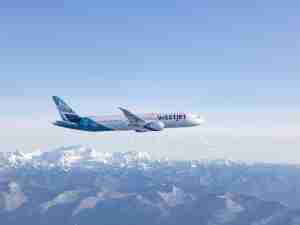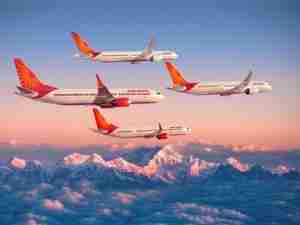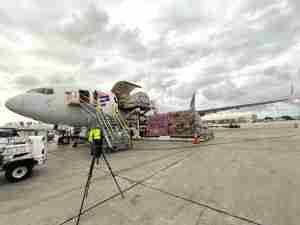Boeing Co. took the first step toward returning its grounded 737 Max 9 jetliners to service, issuing guidance to airlines on what inspections are needed to prevent another midair fuselage blowout like the one on Alaska Airlines late last week.
But as initial maintenance checks begin, United Airlines Holdings Inc. said it had uncovered signs of “installation issues” in some of its aircraft, underscoring the scrutiny that Boeing and one of its largest suppliers face as investigators hunt for the cause of the accident.
“As operators conduct the required inspections, we are staying in close contact with them and will help address any and all findings,” Boeing said in a statement. “We are committed to ensuring every Boeing airplane meets design specifications and the highest safety and quality standards.”
Before the Federal Aviation Administration will allow the planes to return to the air, carriers must “complete enhanced inspections which include both left and right cabin door exit plugs, door components, and fasteners,” the FAA said in a statement. “Operators must also complete corrective action requirements based on findings from the inspections prior to bringing any aircraft back into service.”
Alaska Air Group Inc. and United Airlines, the two biggest operators of the Max 9 variant, had earlier parked those aircraft after the Jan. 5 accident, canceling hundreds of flights.
On Monday, United said it found loose bolts in multiple 737 Max jets after it began preliminary inspections on Saturday. But the carrier said it couldn’t yet carry out the final inspections needed to return the jets to service since it’s awaiting final sign-off on the full inspection process. The work will likely be more intensive than US regulators first signaled. United said it expects to have teams of five technicians working for “several hours” on each aircraft, although the length of timing required won’t be clear until the airline’s mechanics have completed work on more aircraft.
The Alaska Airlines mishap occurred when a door-shaped panel ripped out as Flight 1282 climbed out of Portland, Oregon. The aircraft reached an altitude of about 16,000 feet before turning around and landing back in Portland about 20 minutes after takeoff. No one was seriously injured, an outcome National Transportation Safety Board Chair Jennifer Homendy said was pure luck.
Stock Slump
Boeing shares fell 8% in New York, their biggest decline since October 2022. Large supplier Spirit AeroSystems Holdings Inc., which makes the fuselage for the 737, slid 11%.
As Boeing contends with the latest blow to the reputation of its cash cow Max family, Chief Executive Officer Dave Calhoun canceled an annual executive retreat that was to have begun on Monday. Boeing leaders urged employees to tune in to an all-hands safety meeting to be webcast on Tuesday from the Renton factory where the 737 jets are built.
Stan Deal, Boeing’s commercial airplanes chief, and Mike Delaney, the company’s chief safety officer, urged staff to ask “ourselves what we can do individually and collectively to make safety and first-time quality the priority in all aspects of our business.”
The two executives sent employees a message confirming that the multi-operator message had been shared with airlines. They noted that the assembly of the door plug that’s being inspected is not found on other jets in the 737 Max family.
The latest incident, coming after a series of manufacturing and quality lapses at Boeing, erodes the nascent confidence that has been building around the company’s workhorse single-aisle jet, Bank of America analyst Ron Epstein said.
“In our view, Boeing needs to tread carefully and cautiously through this potential reputational minefield,” he said in a note to clients on Sunday. “Some scrutiny must be saved for regulators as well, as the FAA is ultimately responsible for certificating these aircraft before delivery.”
